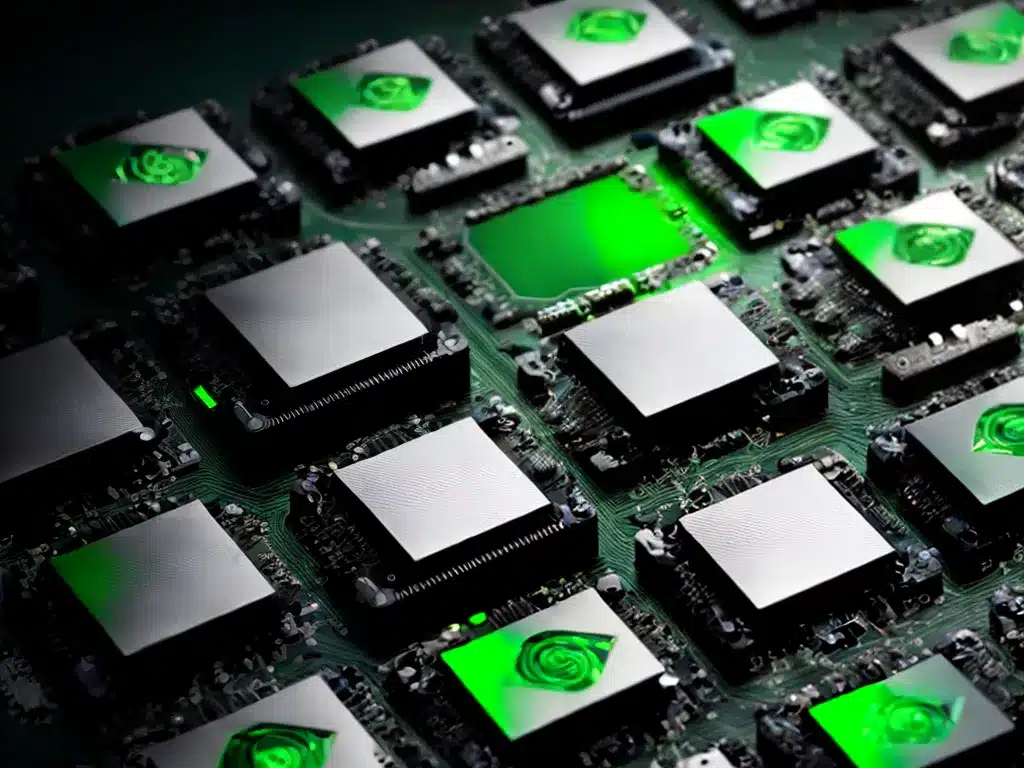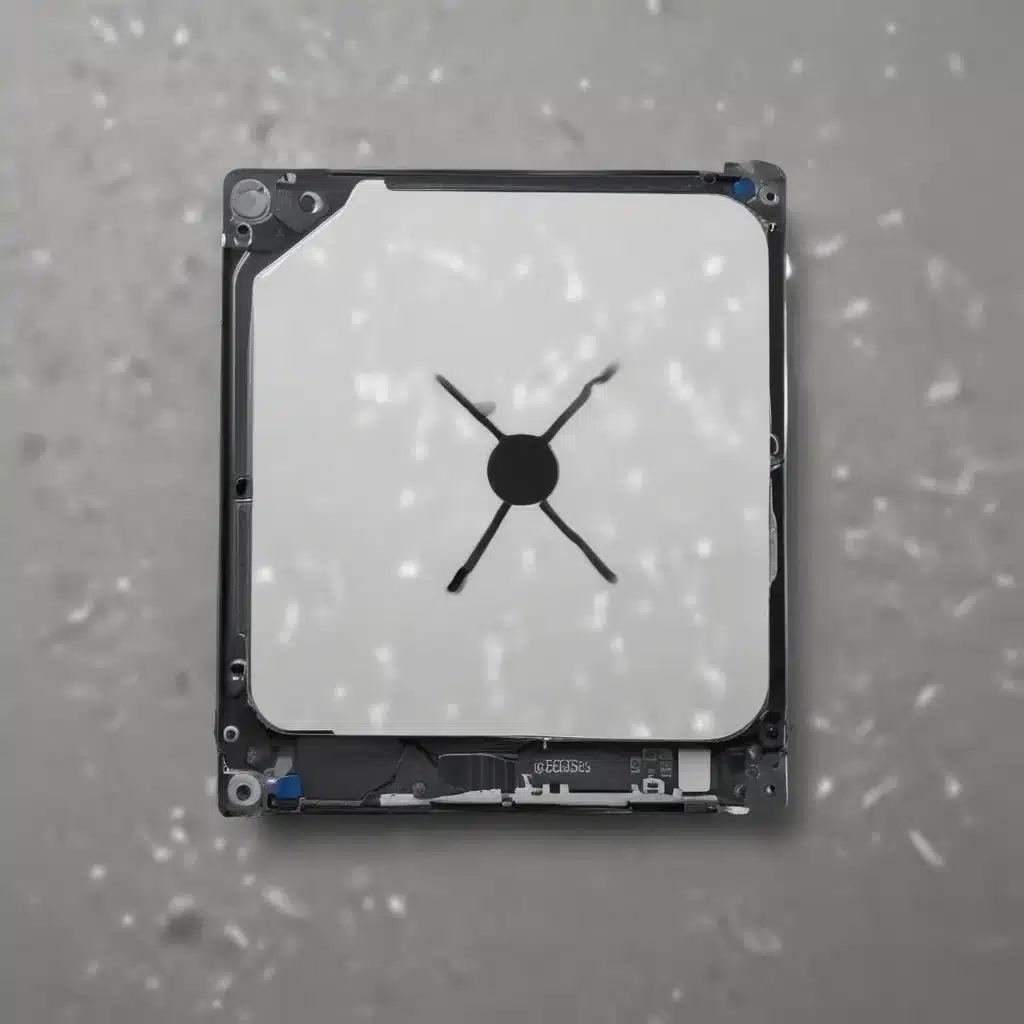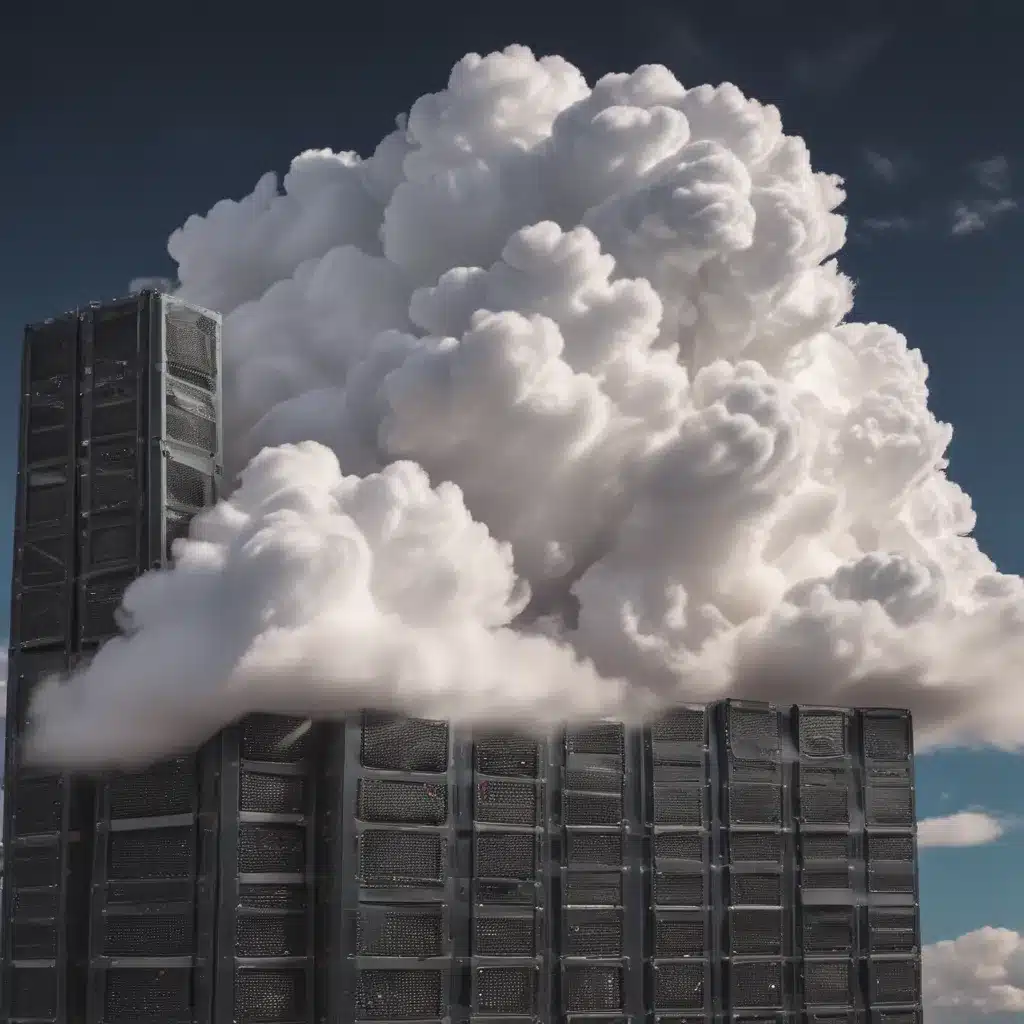The global chip shortage has impacted many industries, but GPUs are helping content creators continue their work despite supply chain disruptions. Here’s an in-depth look at how GPUs are filling the gap during the shortage.
GPU Demand Surges for Content Creation
The pandemic drove a huge increase in demand for consumer electronics and data center infrastructure. This created a massive surge in orders for chips used in everything from cars to smartphones.
At the same time, content creators working from home drove unprecedented demand for powerful GPUs. Applications like video editing, 3D rendering, game development, and machine learning all require high-performance graphics processing.
Nvidia reported that revenue from its core gaming and data center GPU segments grew over 60% year-over-year in 2021. AMD’s GPU revenue was up 20% over the same period. This growth comes directly from content creators needing more GPU performance.
How GPU Architectures Help Alleviate Shortages
GPUs are designed differently than CPUs, which makes them more resilient to shortages in leading-edge chip manufacturing:
-
Process node flexibility – GPUs can deliver performance improvements on both new and mature process nodes. For example, Nvidia’s RTX 30 series uses both 8nm and 12nm nodes.
-
Chiplet design – GPUs utilize small chiplets, which improve yields. AMD’s RDNA 2 chips use a chiplet architecture, increasing supply.
-
Architecture focus – GPUs emphasize architectural advances rather than leading-edge nodes. AMD’s RDNA 2 doubles performance per watt via architecture design.
These advantages allow GPU supply to expand independent of the leading-edge capacity shortages impacting other chips. Both Nvidia and AMD have invested heavily to scale up GPU production.
GPU Compute Acceleration Adoption Accelerating
The surge in content creation workloads is also driving rapid adoption of GPU compute acceleration in creative applications:
-
Video editing – Puget Systems saw Premiere Pro using GPU acceleration increase from 53% to 83% of users in 2021. GPUs speed up effects and timeline playback.
-
3D rendering – Tools like Blender now run entirely on GPUs. Combined with ray tracing support, GPUs are up to 25x faster than CPUs for 3D artists.
-
Game engines – Epic’s Unreal Engine 5 requires a modern GPU to achieve its cinematic visuals, lighting, and physics. Adoption has surged among indie developers.
-
Machine learning – GPU acceleration unlocks high-resolution, real-time AI applications for content creation. Nvidia Omniverse uses GPUs for 3D design collaboration with AI avatars.
By offloading these workloads to GPUs, creators gain major productivity improvements. This further increases demand for the latest high-end GPUs.
Outlook: GPUs Critical for Post-Pandemic Content Creation
While supply shortages continue to impact many technology sectors, GPUs are proving essential for keeping content creation and productivity moving forward. Their flexible manufacturing and compute-focused architectures make GPUs a bright spot alleviating bottlenecks.
Looking ahead, GPU performance and acceleration will only grow in importance for content creation workloads. As remote work persists, GPUs enable creators to collaborate seamlessly using photorealistic simulations and AI tools. With strong demand trends, GPU innovation is poised to accelerate long after supply constraints ease.













